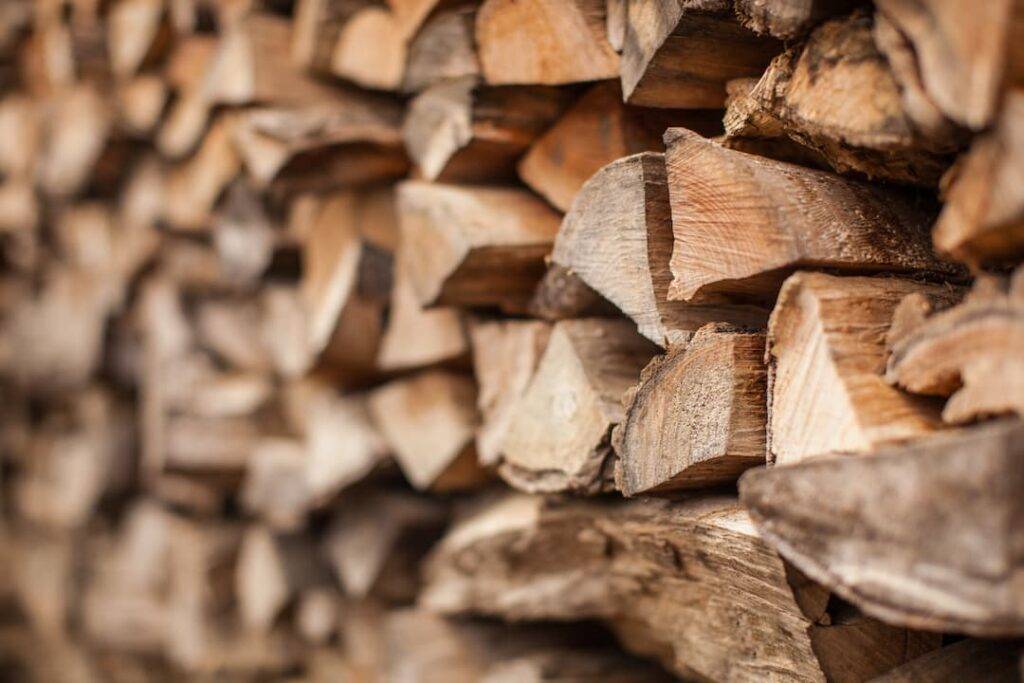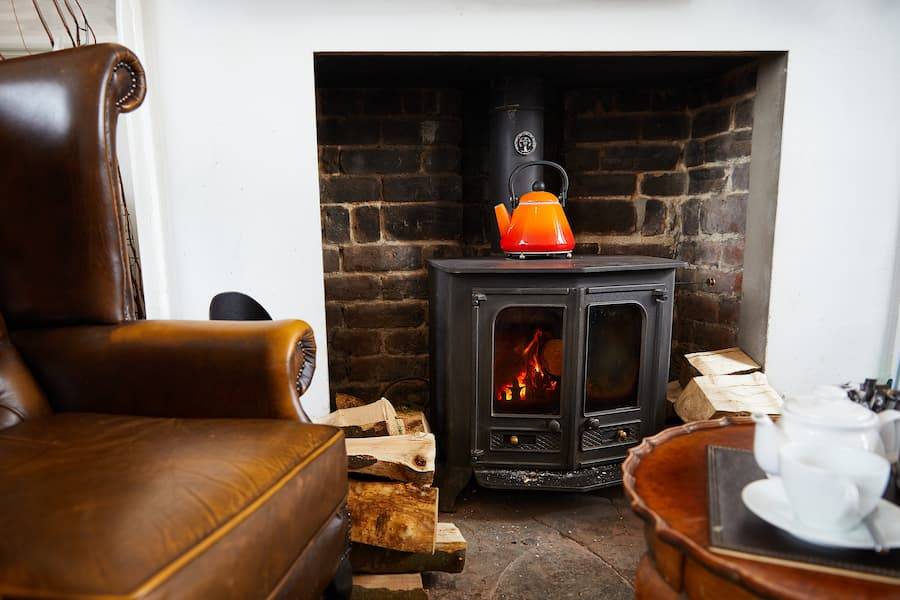If you have a wood burning stove, you might be wondering if there’s any benefit to burning different kinds of wood. To get the most out of your stove, we recommend selecting your woods with care. The right choices can result in a hotter, longer-lasting fire that requires less interference to keep alight.
Use Hardwoods Instead Of Softwoods
Hardwood is denser than softwood, therefore it will burn for longer. When you choose a hardwood, you won’t have to keep putting logs on the fire over and over to ensure there’s enough fuel. To ensure that your hardwood will burn well, you should check that it’s dry enough. Simply tapping two pieces of wood against each other should be a good enough test. If there’s a nice clacking sound, the wood is dry enough to burn. A dull noise means that the wood has too much moisture.
How To Stack The Wood In Your Stove
The best way to light a wood stove is to start with two large logs at the bottom. Next, you place a few layers of kindling on top. Then put a couple of fire lighters down, before topping off the stack with another log. Using a lighter with a long stem, ignite the firelighters and watch your perfectly stacked stove fill with beautiful yellow flames.

Which Woods Smell Best?
Some logs will produce a better smelling smoke than others. Applewood and pear smell beautiful, but it don’t burn particularly well. If you want to use these, you’re best to combine them with other logs that will keep the flame alight.
A good all-rounder that burns well and smells lovely is cherry. If you’re a fan of aromatic smells, you may also enjoy the scent of eucalyptus logs.
Logs To Avoid
You’re unlikely to find these in stores, but if you’re chopping down your own trees you should be mindful that not all woods burn well. Some will simply produce a disappointing flame, whereas others will make a big mess and could generate a lot of nasty black smoke.
Poplar will create a horrible cloud of black smoke, so it’s best to avoid burning this, particularly inside the home. You must also avoid burning laburnum logs, as this can be dangerous. The tree itself is poisonous, and it’ll produce a horrible smelling smoke as well as an unpleasant, sulphurous sap. If you choose to burn laburnum logs, you risk ruining your wood burning stove.
Look After Your Wood Burning Stove With SJ Chimneys
Make sure your stove is prepared to burn your favourite logs by getting it properly serviced. After an inspection, your stove can be optimised to generate the best heat and reduce any smoke from polluting your home. Get in touch today to book your stove’s next service.



